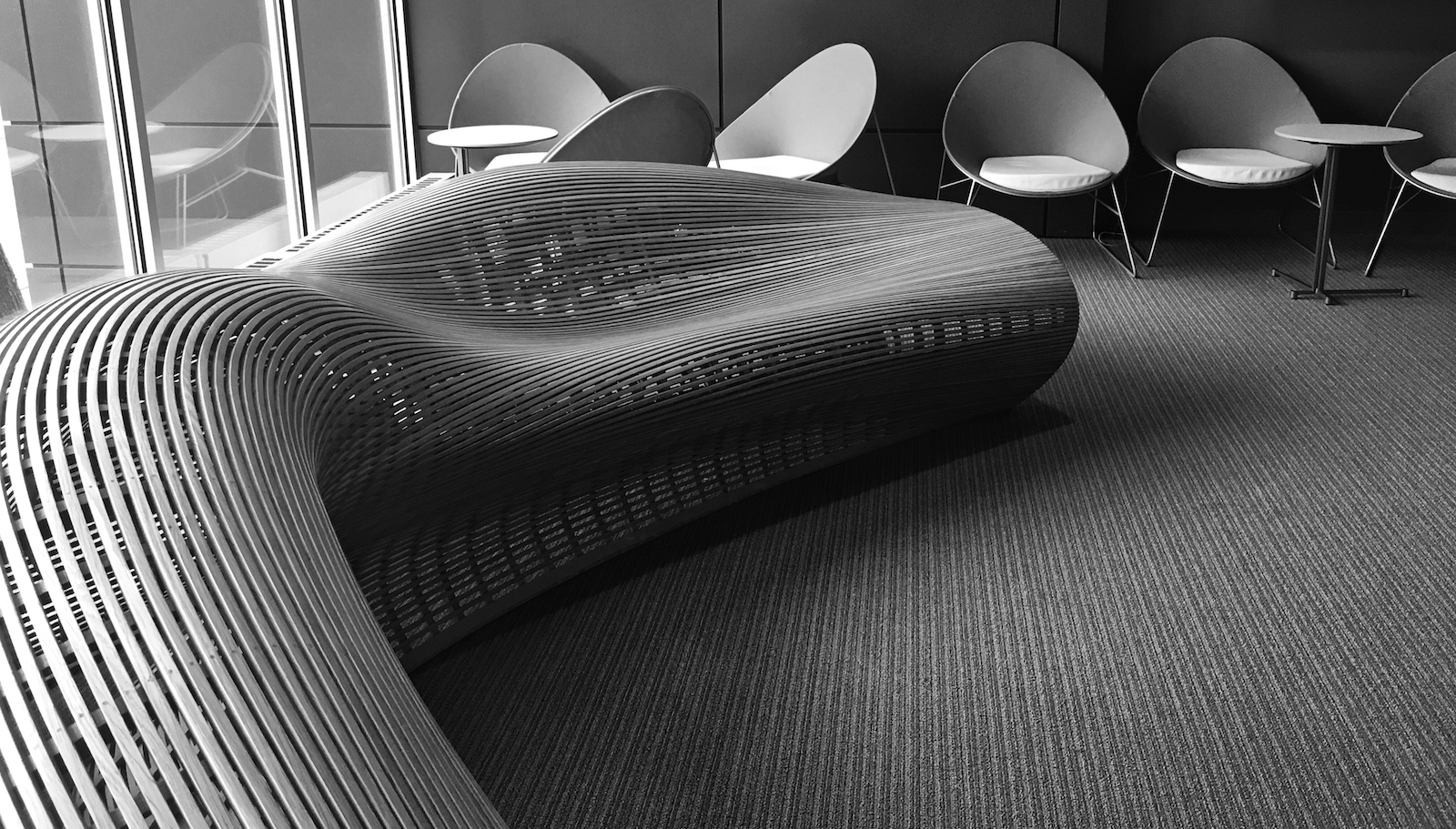As a skeptic, tech conferences can be challenging. Rarely are plenary conversations about technology nuanced enough to examine potential consequences in a measured way. This year’s Future Assembly, a convening hosted by Harvard Business School’s Digital Initiative, offered a refreshing opportunity for meaningful connections and dialogue around both the benefits and the risks of technology, data, media, and innovation. In these last weeks following the event, these themes continue to permeate my thoughts and conversations.
Systems thinkers enter stage right
“The future is VR.” “The future is blockchain.” “The future is machine learning.” “The future is voice.” The way we talk about innovations — whether it’s in media headlines or business strategies — often focuses on one piece of hardware or software at the expense of an unknown range of developments to come. Meanwhile, we worry about our institutions’ abilities to keep up with the pace of technological change. Instead of building a point solution, we need to consider a systematic approach that builds flexibility into the equation. In a recent piece on a similar topic, IDEO’s Tim Brown cites Ray and Charles Eames as prototypical systems designers who brought an integrated approach to their work on complex problems. But systems thinking isn’t only relevant at the highest levels — as Quartz SVP of Product and Executive Editor Zach Seward highlighted during his flash talk, it will also influence how we develop content for an expanding number of interfaces. In fields like journalism where humans and machines increasingly collaborate on an end product, how can companies optimize efficiency while enhancing user experience? It’s all about designing the right system with multiple stakeholders and goals in mind.
Culture as values
In a world where technology multiplies the scale of human decision-making, a miniscule bias or casual choice can have massive ramifications on our society — from purchasing behavior to mental health to voting patterns. As a result, it is increasingly important for companies to design their culture as a living ethos, not an annually updated employee handbook. In discussions following HBS professor John Deighton’s talk “Play: An Organizing Schema for Digital Commercial Culture,” it became clear that in a world of infinite technological “toys,” the difference between using those toys for good or evil (or some gray area in between) would come down to values. How can a company make sure all of its employees share the same values? Through a strong sense of culture and a guiding ethos by which they measure all decisions big and small.
Diversity creates resilience
The phrase “Diversity and inclusion is a really hot topic in the Valley right now …” may elicit a range of (skeptical) reactions. Whether grounded in personal beliefs or public relations craft, a sizeable number of companies are making efforts to change their approach to recruiting and retaining more diverse talent. Publishing better statistics on the makeup of their organizations and their engineering teams may be one goal, but there is much more to be gained than improved brand sentiment. By reducing groupthink, incorporating a range of perspectives, and being sensitive to a variety of unintended consequences, increasing diversity generates better solutions that solve more problems for a larger number of people.
Ready player one
Another theme from John Deighton’s talk on “Play” was the question of whether both sides of a digital interaction are “playing by the same rules.” (Answer: frequently, they are not.) If one person thinks they’re taking a Harry Potter quiz and the other person is using that information to politically profile them, is it really a fair game? What about a restaurant patron who’s only there to photograph the food for “points” on social media without taking a bite? Who determines fairness and what is the responsibility of each player? All consumer-facing organizations will need to ask themselves what kind of games they are willing to play and where they draw the line between competition and foul play.
Designing nuance in, not out
As media coverage and Twitter discourse corral us into more polarized positions on political, social, and economic questions, it is becoming increasingly clear that extended face-to-face conversations between small numbers of strangers can be a much more powerful medium for progress. The design of Future Assembly made these types of interactions not only ubiquitous, but also effortless, with flash talks that set the stage and provided context for much deeper conversations. The hour-long moderated sessions that followed the flash talks gave us both the time and space to cover a range of topics and the intimate group size allowed all participants to have a voice. The result was a diverse set of closer-than-average connections for a conference setting — a refreshing energy that no doubt planted seeds of future collaboration and tangible change.
I may be a tech skeptic, but I also don’t endorse dystopian headlines. When it comes to technology, nothing is as good — or as bad — as we think. Communities and conversations like Future Assembly can help us do the hard work of staying on the right side of our values in the pursuit of long-term strategies for sustainable innovation.
The Lab Report helps executives make sense of emerging trends and new opportunities. Sign up for the newsletter, and we’ll send insights straight to your inbox.


